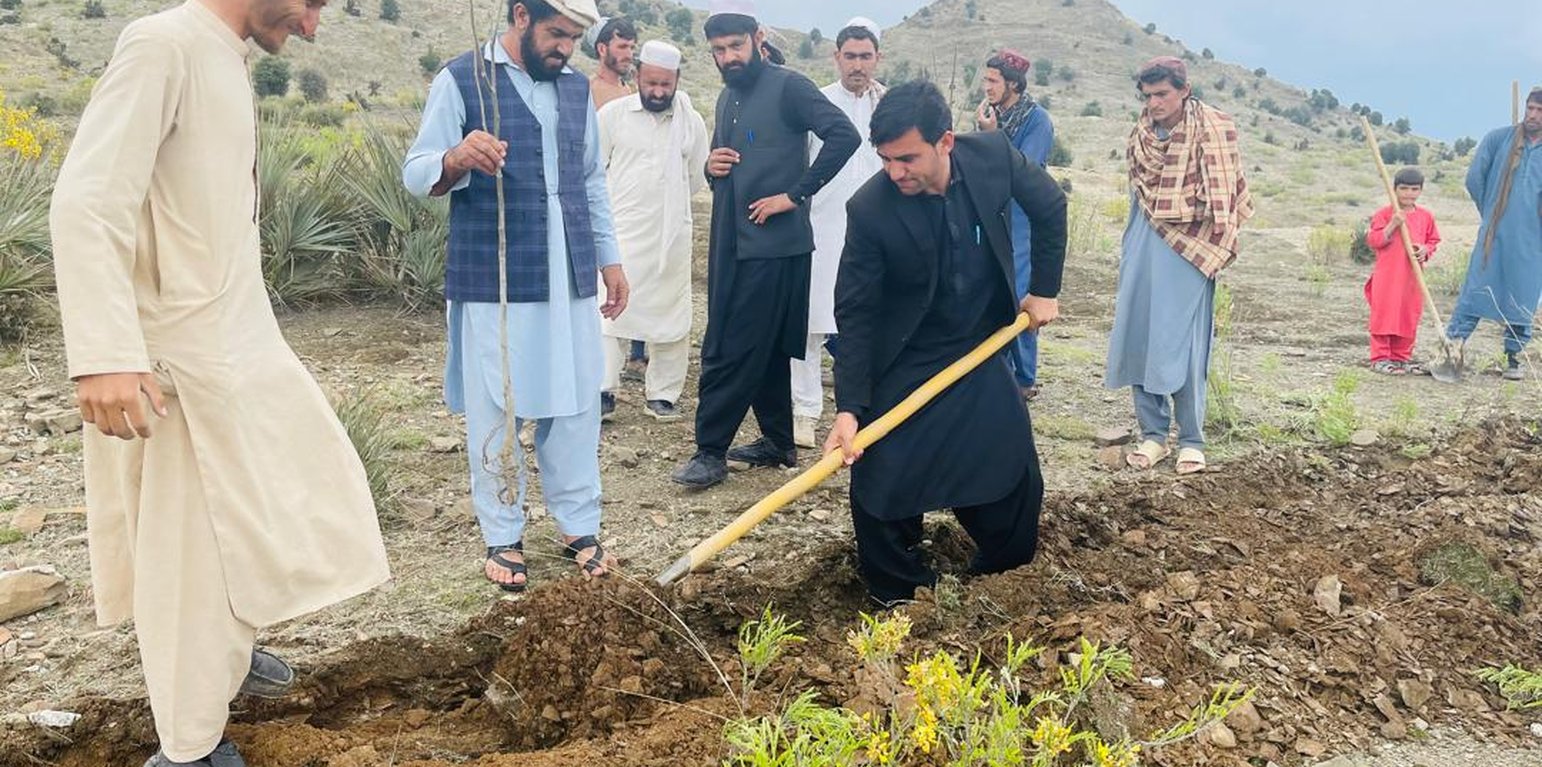



The main aim of this approach is to contribute to ecosystem restoration, biodiversity conservation and carbon sequestration through community awareness-raising, consultation and capacity building, feasibility analysis, site selection as well as resources mobilization for reforestation initiatives in Khost, Afghanistan.
This community driven initiative emerged, bringing together land users, forest and rangeland management associations, environmental experts, specialists and policymakers from various departments like Provincial Agriculture, Irrigation and Livestock, National Environment Projection Agency, District Agriculture, Irrigation and Livestock to heal the land, restore the forests, and rebuild the connection between people and nature.
The first step was to understand the root causes of degradation, followed by a detailed assessment to identify areas most in need of intervention. Priority was given to barren land stripped by erosion, degraded forests areas, and nutrient-depleted soils. The community incorporated traditional ecological knowledge shared by local elders, who recalled periods when the valley supported dense vegetation and thriving ecosystems. This was combined with modern ecological practices to develop a comprehensive restoration plan that balanced traditional knowledge with scientific innovation. The approach ensures awareness raising of the rural community, and knowledge and information enhancement on restoration of degraded forest and rangeland through reforestation initiatives in Khost, Afghanistan.
Specific objectives of the approach are:
1. To enhance the knowledge and awareness of rural communities in Khost, Afghanistan on restoring degraded forests and rangelands, including through public awareness, campaigns, community mobilization, consultations, and feasibility assessments, and mobilizing resources.
2. Involve key stakeholders actively in restoration, including Provincial Agriculture Irrigation and Livestock (PAIL), Provincial National Environmental Protection Agency (NEPA), District Agriculture Irrigation and Livestock department (DAIL), Forest and Rangeland Management Association (FM/RM Association).
3. To enhance the capacity of Forest and Rangeland Management Association (FM/RM Associations) and local communities for effective restoration of degraded forests and rangelands through reforestation initiatives in Khost, Afghanistan.
4. To restore degraded forests and rangelands by enhancing knowledge, skills, and resources for sustainable management. This includes empowering the FM/RM Associations by improving its members’ understanding, skills, capacity, and active participation in conservation and restoration efforts.
5. To restore habitat for strengthening biodiversity conservation.
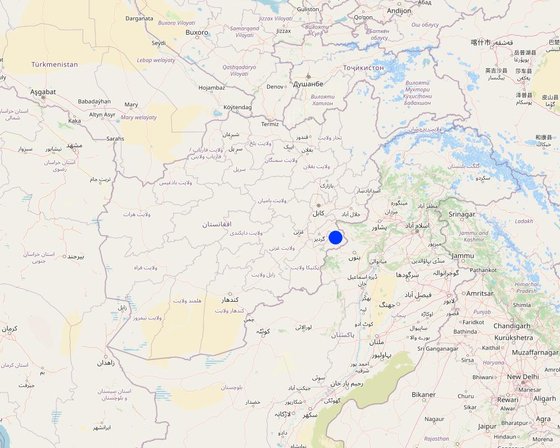
Location: Sapari forest, Sabari district, Khost, Afghanistan, Khost, Afghanistan
Initiation date: 2023
Year of termination: 2026
Type of Approach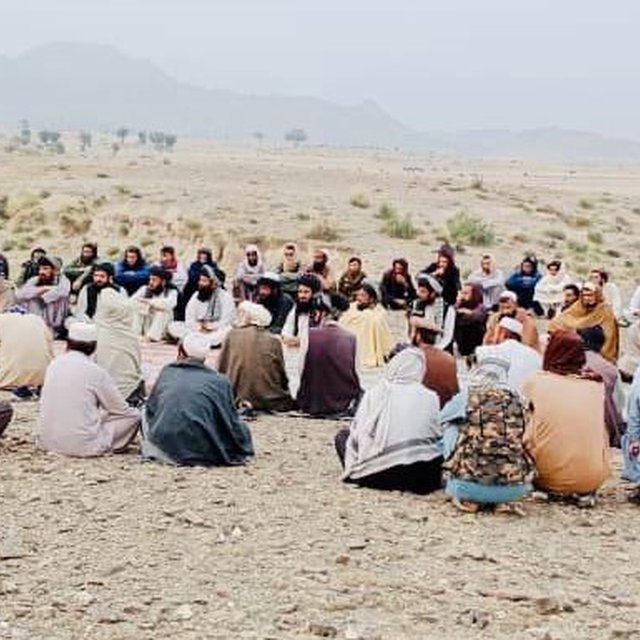
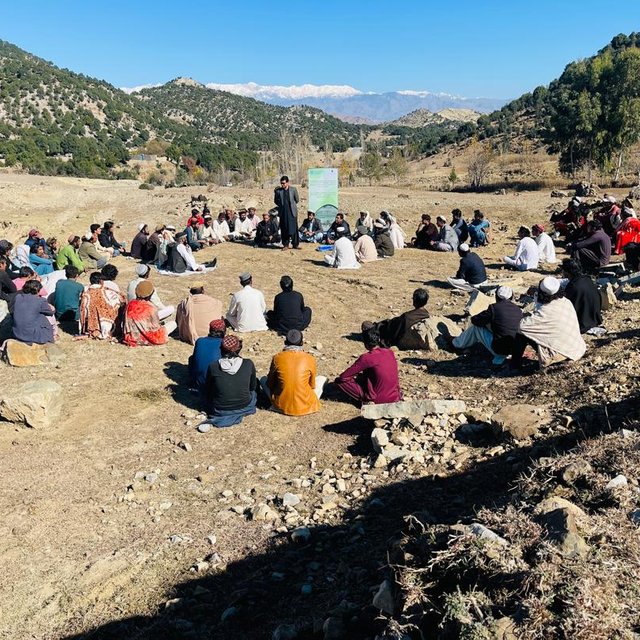
| What stakeholders / implementing bodies were involved in the Approach? | Specify stakeholders | Describe roles of stakeholders |
| local land users/ local communities | Local community and farmers | Land users, local community members: Mobilizations, awareness, social participation as well as self-contribution. |
| community-based organizations | Forest and Rangeland Management Associations (FM/RM Associations) | FM/RM Associations: decision making, awareness, mobilization, capacity building and social structure for self and in kind contribution. |
| SLM specialists/ agricultural advisers | FAO specialist | Technical assistance |
| private sector | Construction company | Construction, mechanical work and installation of system in including facilitation |
| local government | Provincial Agriculture and Livestock (PAIL), District Agriculture Irrigation and Livestock (DAIL), National Environment Protection Agency (NEPA) | Facilitation for the implementation of project |
| international organization | FAO (Food and Agriculture Organization of the United Nations) | Implementation of the GEF-funded project and technical assistance |
"The Restoration of Degraded Forest and Rangeland Approach" focuses on reviving degraded forest, rangeland and generally ecosystems through sustainable reforestation initiatives. This approach involves: Identifying degraded areas and developing restoration initiatives, involving local communities in decision-making and capacity-building, planting native species, improving soil health, and adopting sustainable land management techniques, regularly assessing progress, addressing challenges, and ensuring long-term sustainability.
This integrated approach helps restore forest and rangeland, biodiversity, improve water retention, prevent soil erosion, and enhance local livelihoods.
Acronyms and Key Concepts:
Food and Agriculture Organization of the United Nations (FAO)
Provincial Agriculture, Irrigation and Livestock (PAIL)
District Agriculture, Irrigation and Livestock (DAIL)
Forest and Rangeland Management Association (FM/RM Association)
Service providers are referred to different construction and logistics’ companies and contractors.
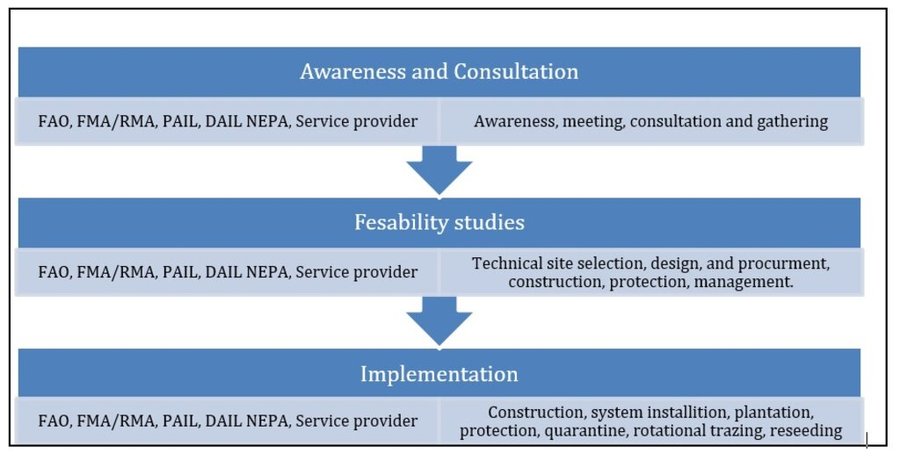
Decisions were taken by
Decisions were made based on
SLM/SFM practices, awareness, mobilization, quarantine, rotational grazing, biodiversity conservation, climate change, CBNRM plan, participatory moinotoring, operation of the system and general management of natural resources.
Training workshops and other capacity building programmes, field day tour, social gathering as well as site visits by communities.
Capacity building, empowering of Forest and rangeland management associations (FM/RM Associations)
Monitoring and participatory assessment skills were improved under the approach allowing to assess results and impacts and collecting evidence for decision-making
Consultation meetings, workshops, training, on job practical work and capacity building for better implementation of the technology.
FM/RM Associations and local community contribution, particularly providing of labour during plantation campaigns, protection and maintenance.
Financial resources accessed according to the terms specified in the LoA.
FAO technical staff conducted various trainings, workshop as well as awareness raising session regarding improving of land users’ capacity for better implementation of the SLM.
Local governmental institutions like provicial and district Agriculture, Irrigation and Livestock (PAIL/DAIL) departements,FM/RM Associations and local community knowledge has been improved on SLM/SFM.
Collaboration among FM/RM Associations, local community, governmental institutions and other stakeholders has been strengthened.
FM/RM Associations and local community facilitated implementation of the project on communal land as well as mitigated all sort of conflicts regarding protection, quarantine, rotational grazing and other sections.
Women were actively involved in all project activities; some livelihood programs have been targeted at women and girls.
Through awareness raising, workshop, training, farmer field schools, brochures and other visibility materials encouraged young people or next generation to engage in SLM.
Improved water harvesting, controlled land degradation, planted saplings, prevented flood splash and water erosion which improved land users’ resilience to climatic changes/extremes and disaster.
Short employment created for local community.
Land users can sustain these efforts because their capacity has been strengthened, they have a sense of local ownership, and adaptive tribal management systems are in place, ensuring the long-term benefits of restoration for future generations.